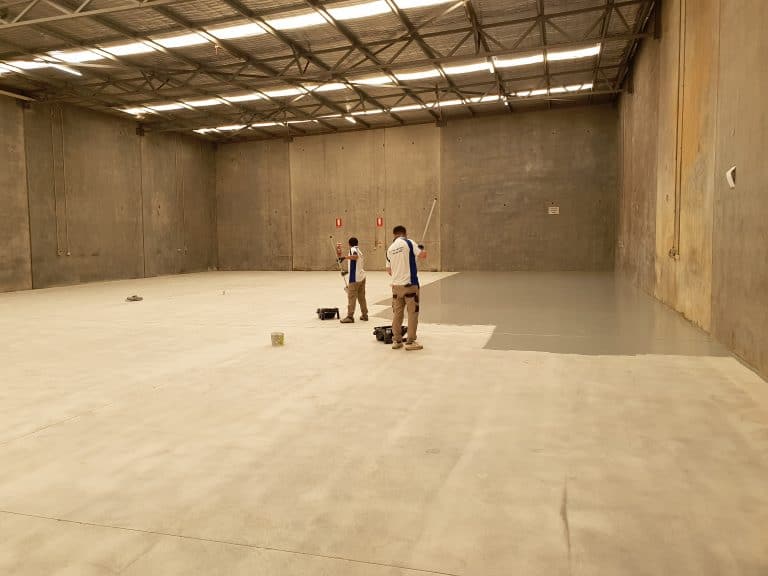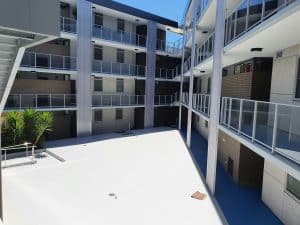
Elastomeric paint is a high-build coating paint that is flexible and can be used to protect masonry and stucco surfaces. Its waterproofing ability and durability make it a popular choice for customers. In this article, we will look at some of the pros and cons of this painting from the perspective of industrial painting services.
Pros of using Elastomeric Paint
Despite being expensive, customers often choose elastomeric paint due to its benefits. Industrial painting services have various pros too. For example-
● Highest durability: If customers want something durable that will keep them free of headaches for several years, elastomeric paint is the ideal choice. The paint has a stronger composition and higher thickness than other paints. Compared to the 2-3 year warranty of regular paints, elastomeric paint offers a decade of warranty.
● Waterproofing the surface: If your project is in a location that is subject to high amounts of rain or stays in touch with moisture for most of the year, then using elastomeric paint will be most beneficial. The paint creates a thick layer where moisture and water can’t easily penetrate. It’s perfect for roofs, walls, floors, and poured concrete.
● Protection against harsh weather: The thickness and extra density of the pain create a tough texture on the surface. That’s why you should use elastomeric paint in locations that become subject to extreme weather. It is especially fruitful for the external walls of a residential or commercial building.
● Higher flexibility: Despite being liquid, elastomeric paint hardens into a flexible layer as it dries. This allows the paint to stretch and come back to its original state without causing breakage and decay. So for surfaces that get frequently exposed to heat and cold, like the roof and the inner walls, this paint is perfect.
● More profitable: Elastomeric paint is 50% more expensive than regular paint. Since the labour is a lot more, the wage you earn will also be higher.
Cons of using Elastomeric Paint
Unfortunately, there are quite a lot of cons to using elastomeric paint. Here are some notable ones:
● Requires a lot of preparation: Elastomeric paint becomes a lot of work for the painters. Since it’s a pain often used to revive older structures, you’d have to first remove the old paint, grease, and substrates before applying it. You’ll also need to apply primer before the paint. The preparation will require different chemicals, and you’ll need pressure-washing tools.
● Requires experience and extra skills: This paint is rather sensitive. The slightest thing going wrong can cause peeling and decay very quickly, beating its purpose of it. Moreover, the paint has to be chosen carefully depending on the location and various other factors. The process becomes quite difficult for newbies or amateurs.
● Risk of lumps: It’s difficult to give a smooth, plain finish over elastomeric paint. The lumps can form due to natural reactions and moisture but will be seen as the painter’s fault. So you’d have to take several precautions compared to ordinary paint.
● Peeling off: Though elastomeric paint comes with a 10-year warranty, that only applies when the painting is done perfectly. If the layers aren’t thick enough, they can peel off faster than regular paint.







